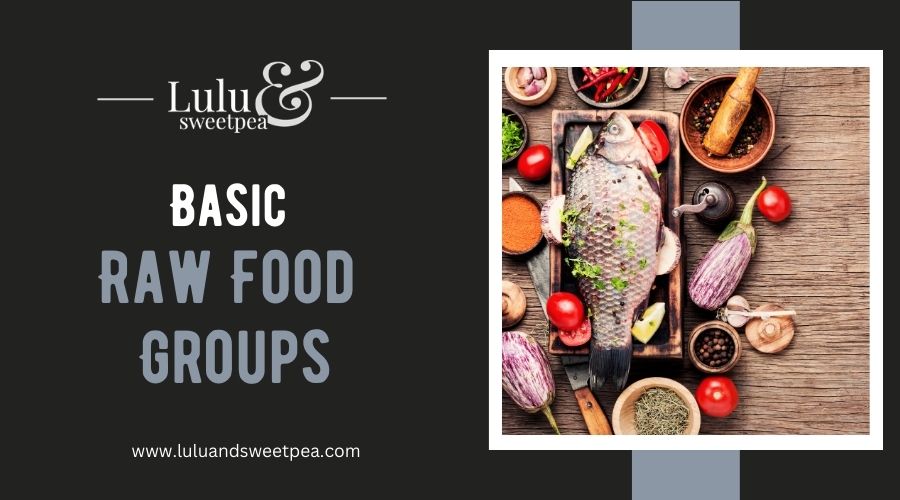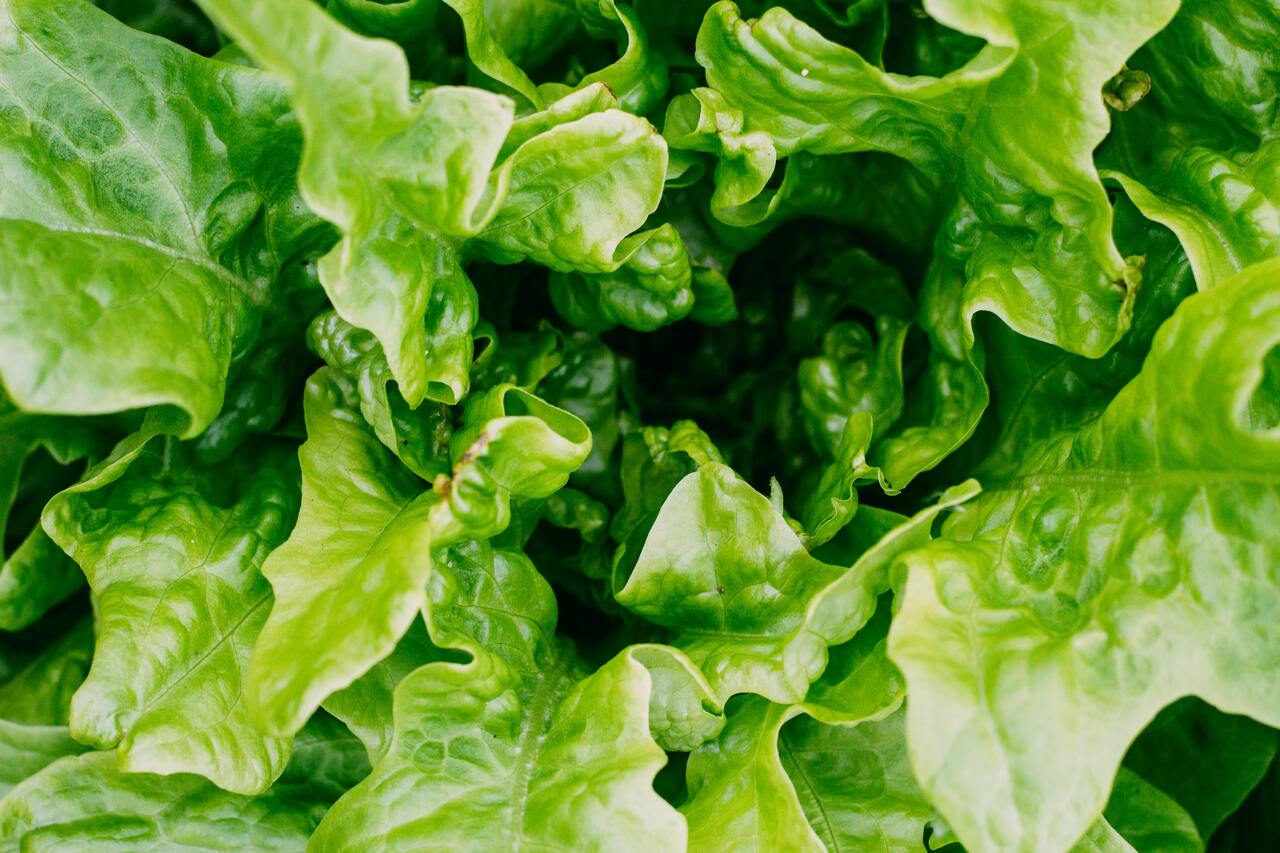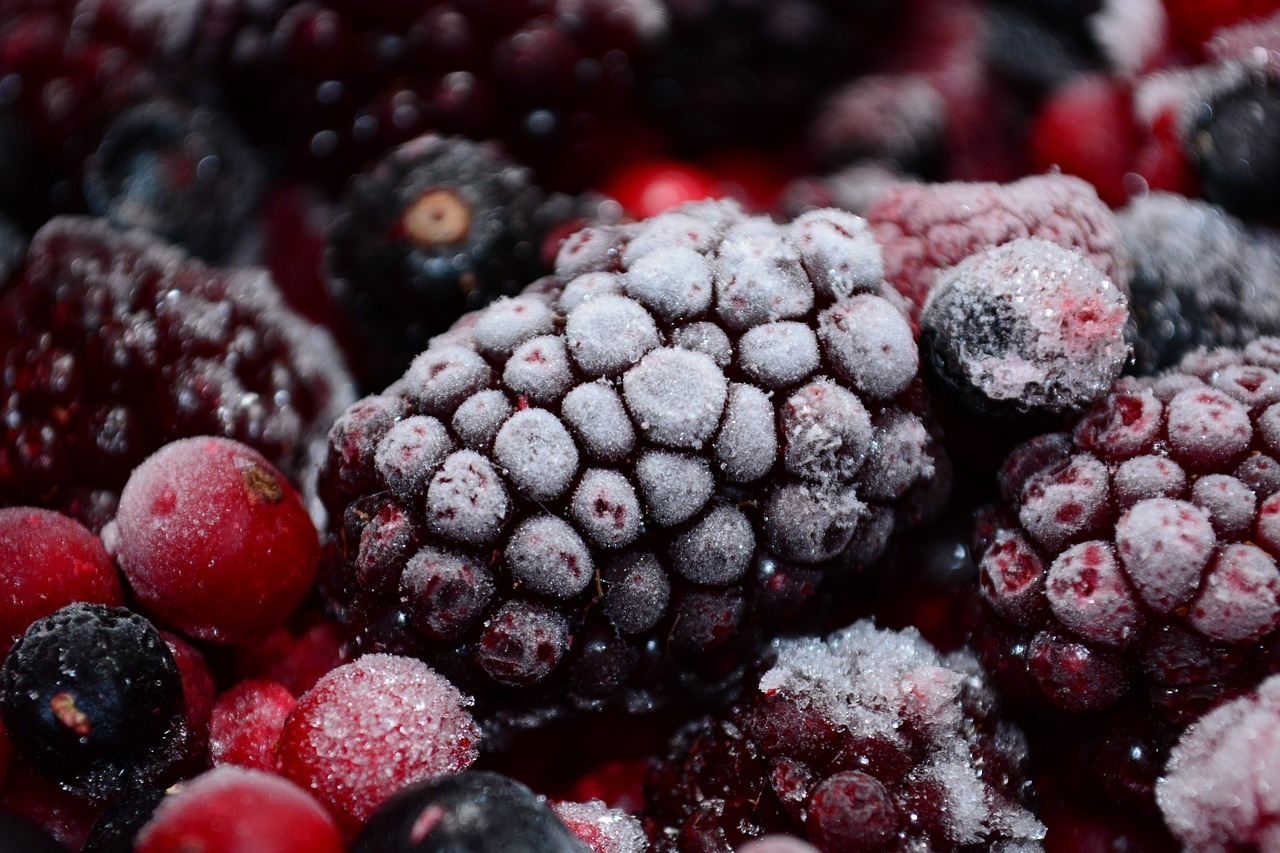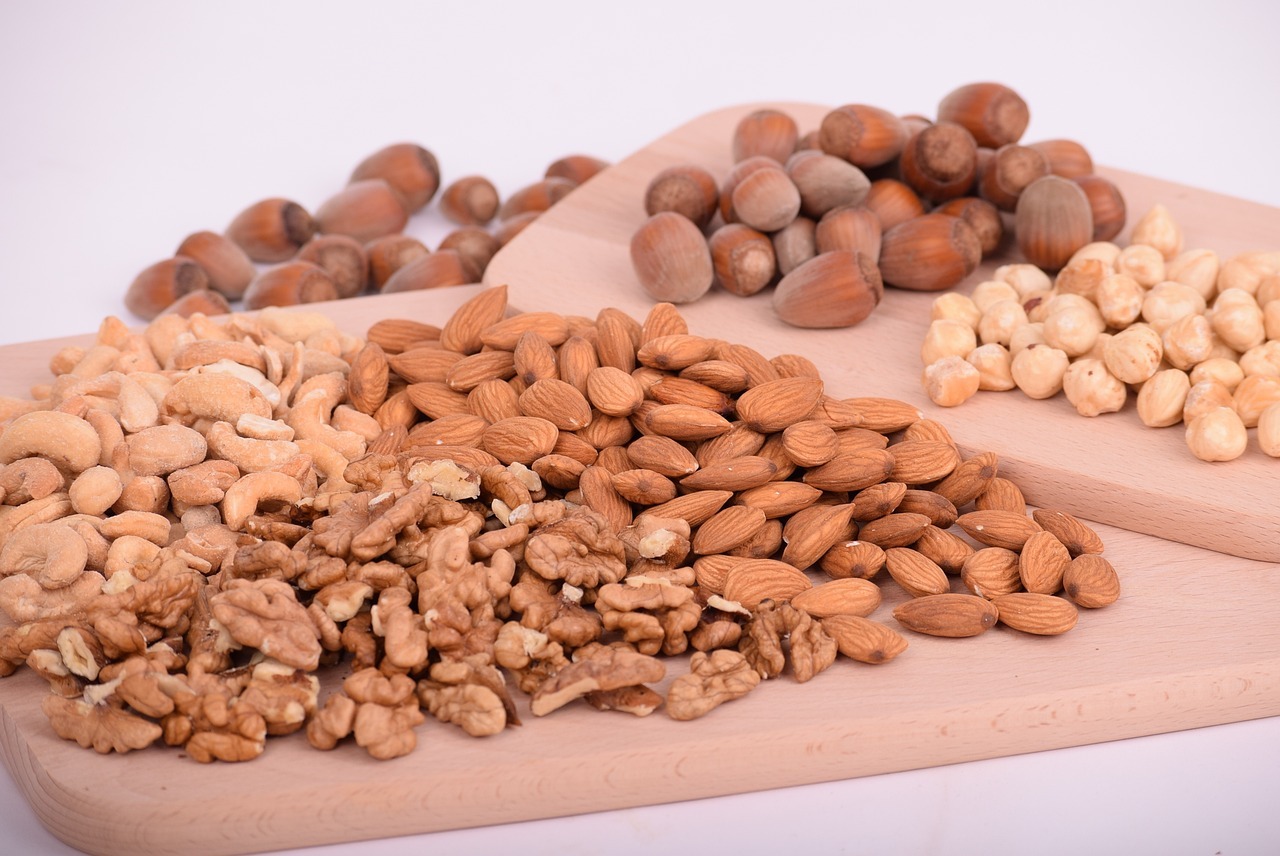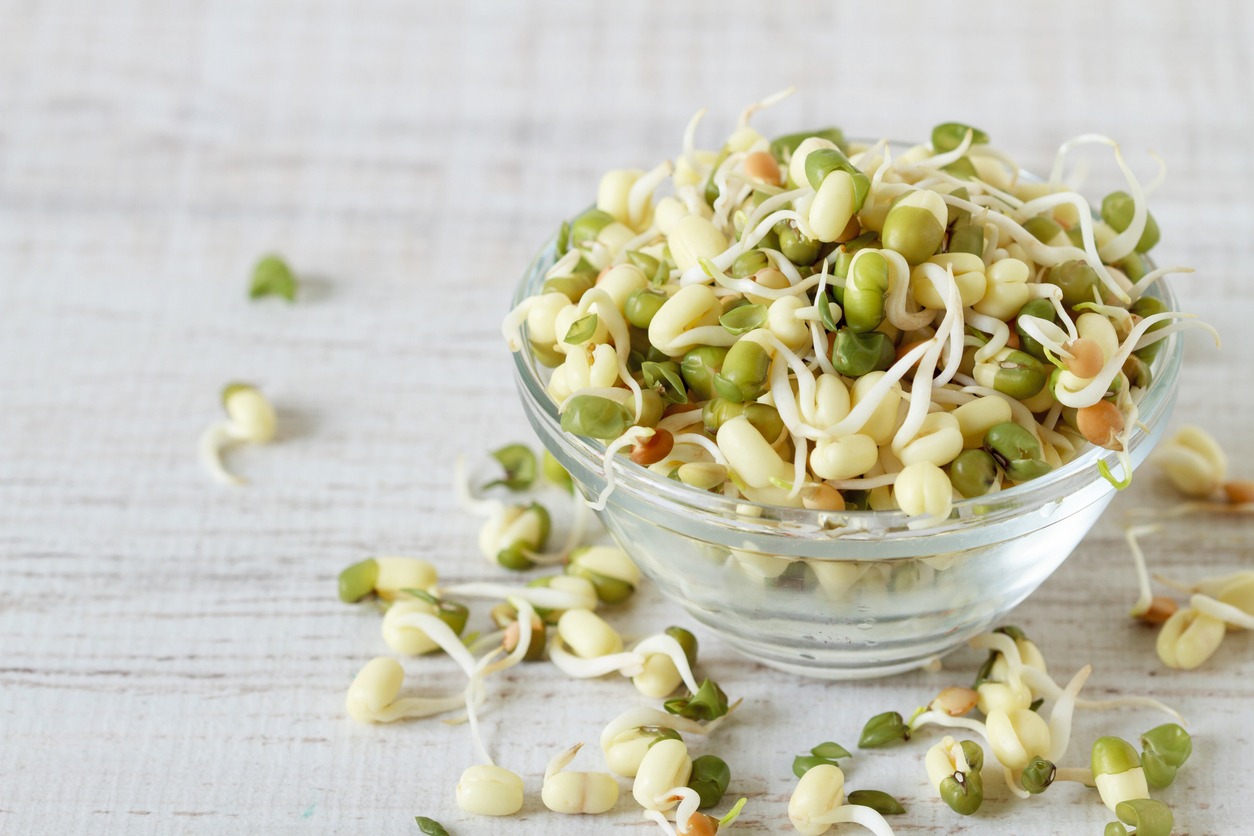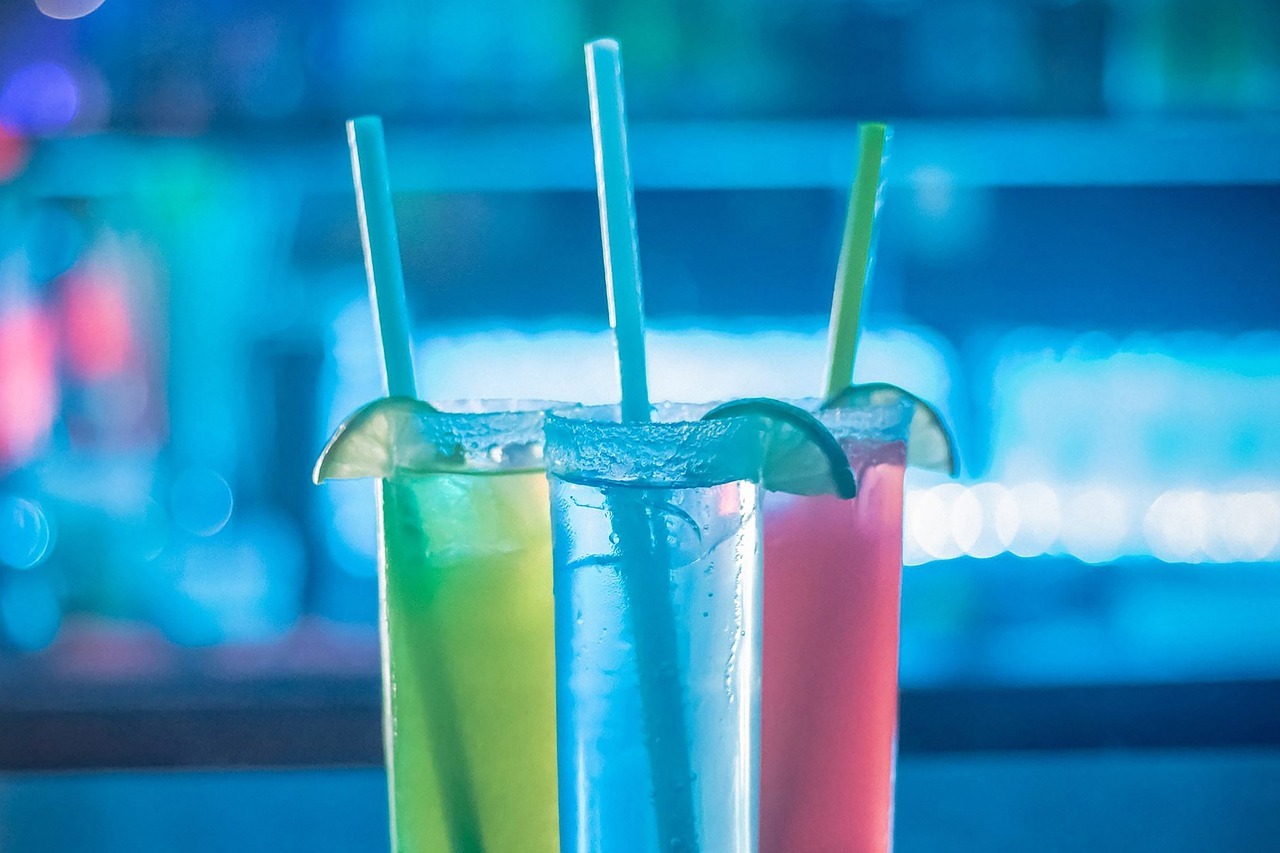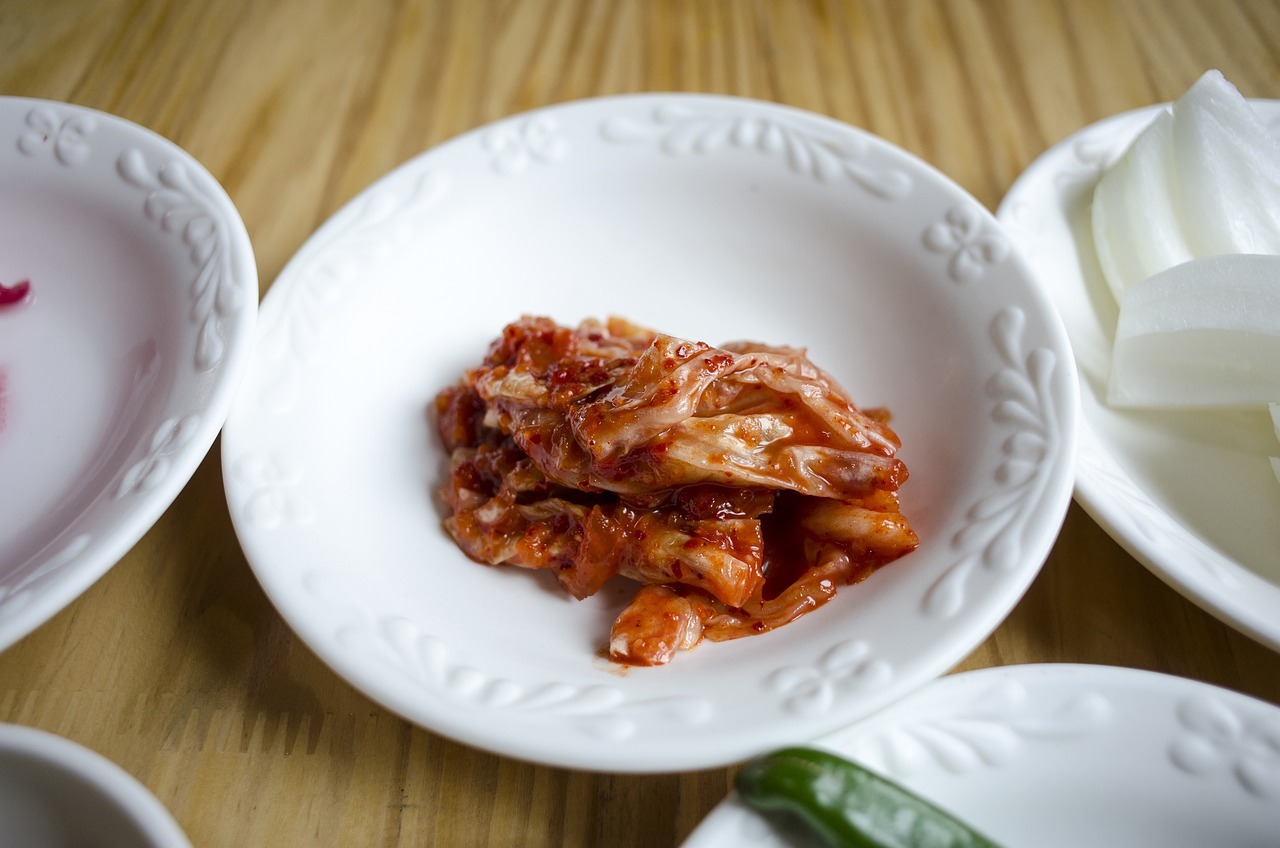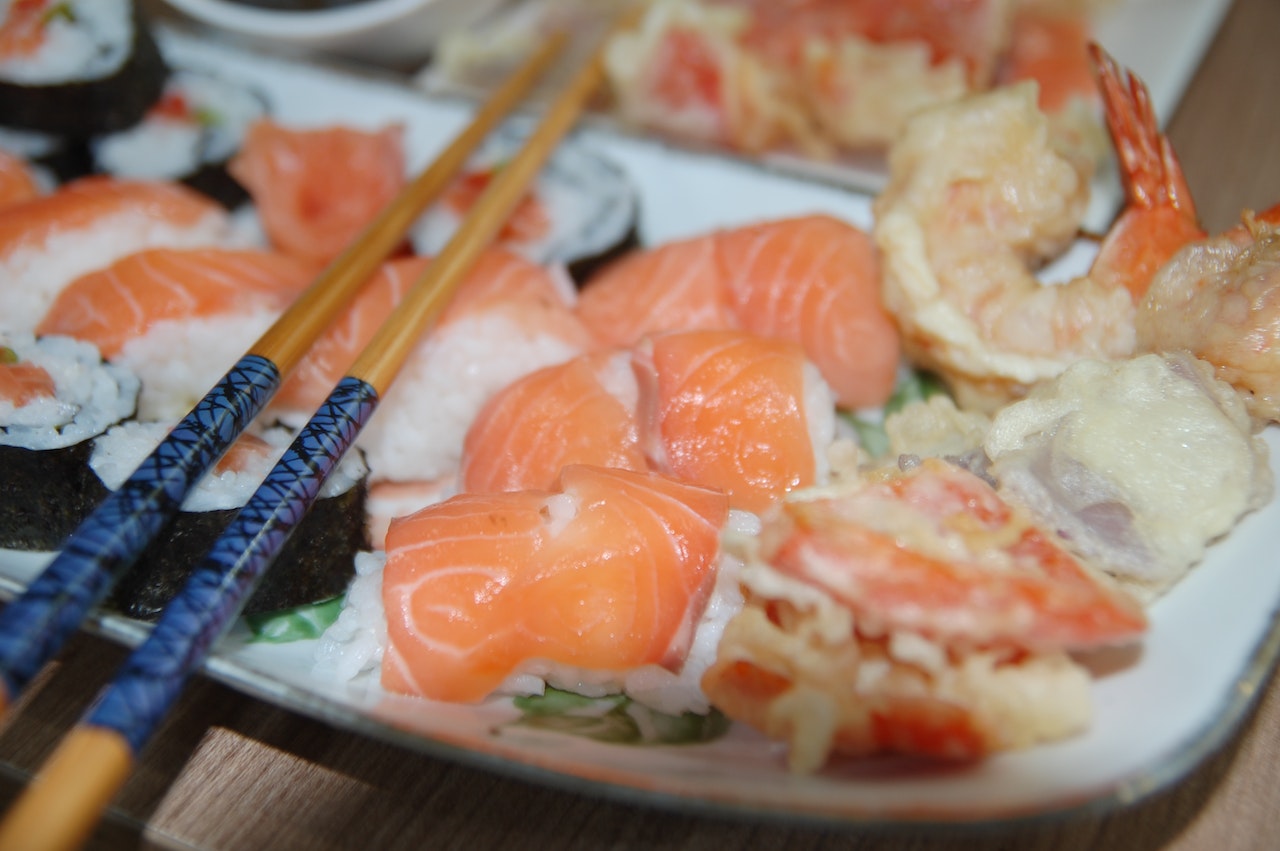When it comes to a adapting a raw food diet, you don’t have to eat pure raw. You can if you want to, but you only need to increase your consumption of raw foods. Raw foods must consist of 50% or more of your daily diet.There are different types of raw food diets:
- Raw vegetarians – Eats only plant-based foods, plus eggs and dairy
- Raw vegans – Eats no animal products at all
- Raw omnivores – Eats both plant-based and animal-based foods
All these types of raw diet can be done fully (100% raw) or partially (50% or more raw). A partial raw diet is more feasible, since going fully raw means total abandonment of your stove and ovens. It will also limit your choices when eating out – as going partial raw does – but going full raw might mean you will not eat out at all.
So if you want to go raw because you want to reap the benefits of this diet [Insert link of “Benefits of Eating Raw Food” here] and the great things it can do for your health [Insert link of “What Eating Raw Food can Do to Your Body”], of course you must know what foods you can eat. Foods that are considered raw are simple, whole foods that are uncooked and unprocessed. Foods that are not heated above 118 degrees Fahrenheit are considered raw.
What can I eat and avoid on a raw food diet?
Some foods are easily identified as raw, like fresh fruits and vegetables. Others like almond milk, olive oil, soy sauce, cocoa and nut butters aren’t always raw, so make sure you read the label, or make them on your own at home. Foods that are canned, or those with labels such as toasted, roasted, dry-roasted, baked or cooked on the label are not raw.
Choose whole, simple and one-ingredient foods such as fruits, vegetables, nuts and oats. Organic and unprocessed foods, plus germinated beans and grains are also permitted. And if you’re making a meal or a recipe, prepare it with raw ingredients only.
You can still eat cooked foods, but if you’re trying to eat full raw, or going full raw on a specific meal, avoid foods that are heated above 118 degrees Fahrenheit. Avoid processed, refined and pasteurized foods. Also, don’t pick produce that are treated with pesticides. Caffeine needs to be made with hot water to create coffee, so it’s a no-go. Herbal tea, even if it’s made with water that’s heated less than 118 degrees, is still considered
Basic raw food groups
Now that you are familiar with what and what not to eat if you’re going raw, let’s go in-depth on the basic raw food groups:
1. Leafy greens
If you plan to go raw, get ready to eat a lot of leafy greens, especially in a raw vegan lifestyle. Obviously, they are staple in vegetable salads and to make salad interesting, you can mix and match greens. Leafy greens include leaf lettuce, romaine lettuce, iceberg lettuce, spinach, kale, Swiss chard, arugula, collard greens, beet greens and water cress. These are only the basics – there are tons of other leafy greens to explore.
2. Fruits
Fruits are the healthiest sweet treats you can ever give yourself. It can be eaten whole, dried, dehydrated or made into juices or smoothies. Fruits are good sources of vitamins and minerals, and they are famous for providing vitamin C, vitamin A, fiber, potassium, and folate. Some fruits have more nutrients and even antioxidants and phytochemicals that have added health benefits. Eating a fruit-rich diet can reduce the risk for stroke, cardiovascular diseases and diabetes.
Common fruits that you must eat and consume more often on a raw food diet include apples, bananas, oranges, pears, pineapples, mangoes, grapes, tomatoes, berries (strawberries, blueberries, cranberries, etc.) melons, watermelons, lemons, peaches, guavas, papayas, cherries, grapefruit, coconut, cucumbers and pomegranate. There are so many fruits to choose from! But for best health benefits, eat more citrus, cranberries, blueberries and strawberries because they contain phytochemicals that reduce risk for chronic diseases.
3. Vegetables
Veggies are the wonder partner of fruits when it comes to healthy living. They contain a lot of nutrients which include vitamin A, vitamin E, vitamin C, fiber, potassium, and folate. Eat more of the leafy green vegetables mentioned above, as well as broccoli, tomatoes, sweet potatoes, carrots, garlic, onion, and peppers. Veggies can be eaten whole, mixed in salads, blended in dressings, or made as smoothies and soups. These can also be pickled or made into natural noodles. If vegetables are frozen, blanched or boiled, it’s not considered raw.
You can also look for sea vegetables like seaweeds, arame, kelp, dulse, wakami and unroasted nori sheets.
4. Frozen fruits
Raw foods cannot include cooked foods (obviously), but frozen fruits are considered raw. It’s great to keep them ready in your freezer, so you can have a delicious cold dessert in minutes. You can cut up or mash these fruits before you freeze: banana, avocado, cherries, mango and strawberries. Bananas and avocados can be made into a fresh fruit ice cream when mashed. For some small fruits or cut-up fruits, you can make them into fruity ice pops.
However, avoid keeping whole fruits in the freezer, because it will be harder to cut and consume. Trying to cut frozen fruit can also cause you injuries in the kitchen.
5. Nuts and seeds
Nuts and seeds are packed with a powerful punch of vitamins and minerals, plus they’re a source of healthy fats and calories you need for energy. Eating an ounce of nuts 4 to 5 times a week helps reduce the risk of coronary artery disease. They are also a source of healthy mono and polyunsaturated fats that help manage inflammation, and a source of dietary fiber that promotes regular bowel movement.
The nuts you eat must be raw and preferably organic. You can add them to smoothies, pesto and ice cream, or create nut butters out of them. The most popular nuts and seeds include peanuts, almonds, cashews, walnuts, macadamia nuts, pistachios, pumpkin seeds, sunflower seeds, hemp seeds, chia seeds, sesame seeds and flax seeds. Some of these nuts and seeds need to be soaked or sprouted, and some can be dehydrated.
6. Grains
Eating whole grains as part of a raw food diet helps you avoid many chronic diseases. It’s a source of fiber B vitamins and minerals. To be able to eat them on a raw food diet, you need to germinate and sprout them by soaking. In fact, soaking helps increase the nutritional value of the grain and it makes it easier to eat. Include grains like millet, amaranth, buckwheat, barley, kamut, quinoa, oats, wheat germ, wheat berries, spelt, and wild rice.
7. Beans, legumes and sprouts
For a raw food diet, beans and legumes becomes one of the major sources of protein. These can be eaten after they have been sprouted or soaked. When sprouted, these becomes a powerhouse of nutrition as it’s loaded with protein, minerals, vitamins and antioxidants. To eat beans and legumes safely and easily on a raw food diet, you have to soak and sprout them. You can eat chickpeas, mung beans, quinoa, lentils and adzuki beans. However, avoid kidney, soy and fava beans because they can be unsafe to eat raw.
8. Beverages
For raw foodists, you have to be hydrated with lots of water – let’s admit, this is the healthiest drink of all. For any person with any diet, water is important. But besides water, you can drink juice or smoothies made from fresh ingredients – not the powdered or store-bought kind. This is why juicers and blenders become a great investment for people who want to be serious in getting into a raw food diet. You can also drink coconut water.
9. Fermented foods
Foods that are produced by fermentation are permitted on the raw food diet. These includes sauerkraut, kimchi, coconut kefir, yogurt and miso paste. These foods can add flavor and variety to your raw food diet.
10. Herbs and spices
To add flavor and spice to your food, you can use fresh herbs like basil, parsley, oregano and cilantro, as well as dried spices like black pepper, cayenne pepper, cinnamon, cumin powder, coriander powder and paprika. You can also eat chives, curries, dill, ginger, raw vanilla beans, raw soy sauce, vinegars and sun-cured olives.
Table salt is not permitted on a raw food because they are processed, but you can use Celtic sea salt or Himalayan salt.
11. Some animal products
Depending on the type of diet, a raw food diet can also contain eggs, some meat, fish (like sushi and sashimi) and milk and dairy. However, the milk you consume to be considered raw must be non-pasteurized and non-homogenized. When it comes to meat, you have to be very careful because they are generally not recommended to be consumed raw because it can cause some food-borne illnesses like salmonella and E.coli. The living conditions of the animals make all the difference. If you are not sure where and how the animal was raised – it’s better not to eat them raw. For beef, you can choose those that are grass-fed from US Wellness Grassland Beef. Pork is not recommended to eat raw.
